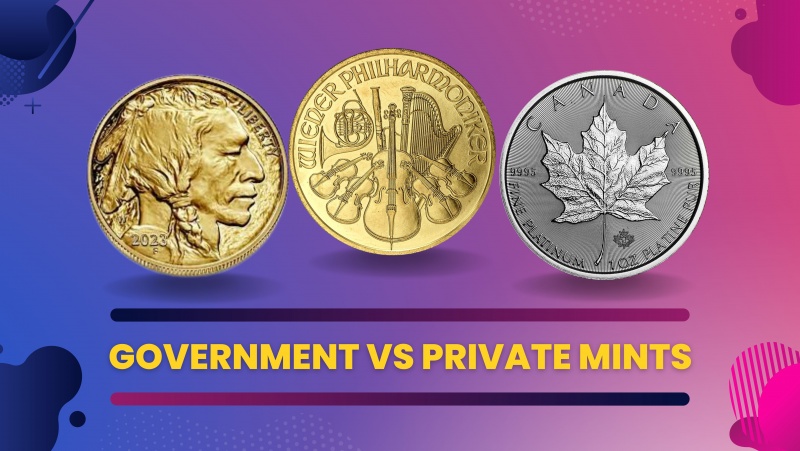Ever wondered what happens when one extremely charged ion collides with a small gold nanoparticle? It’s not just you. The weird realm between the microscopic and macroscopic has been the subject of scientific investigation into how materials behave at the nanoscale. You’ve never seen physics like this before since it occurs at scales that are too small to be seen with the human eye. Prepare to have your mind completely blown by the miracles of physics at the smallest dimensions.
The inventors have been able to create new metal combinations with improved attributes, such as being sturdier yet more lightweight, which might be employed in goods like airplane parts and energy improvement.
Charged Ions Melt Gold Nanoparticles, Bridging Macro and Micro Worlds
When highly charged ions slam into gold nanoparticles, something strange happens. The gold starts to melt, even though the temperature is far below the normal melting point of bulk gold. This reveals a bizarre world between the macro and micro, where the rules we know break down.
A Charged Experience
At a fast speed of almost 500 kilometres per second, extremely charged ions struck the minute gold nuggets. The gold is changed, but remarkably not by the force of the hit. The nanoparticle then resolidifies rapidly, but now with a different shape. By observing these shape changes, scientists gain insights into how matter behaves at the nanoscale.
Who knew so much could be learned from something as simple as gold and a heavy dose of charge? At the nanoscale, even the familiar takes on wondrous new forms.
Insights Into Nanoscale Thermal Physics from Ion Bombardment
There is a chance that the gold islands will flatten out, dissolve, or possibly disappear. This may induce a variety of effects depending on how electrically charged our ions are. The extremely highly positively charged ions grab the gold’s electrons as soon as they encounter it. In a large chunk of gold difference. Because gold is such a good conductor. The nano-gold structures are so tiny that they can no longer be tuff by an endless source of electrons.






